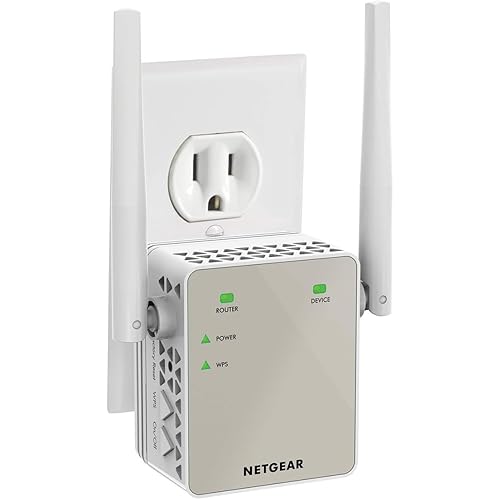Linksys WHW0302 Velop Mesh Router (Tri-Band Home Mesh Wi-Fi System for Whole-Home Wi-Fi Mesh Network) 2-Pack, White

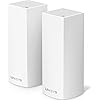
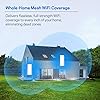
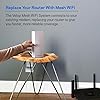

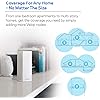





Buy Now, Pay Later
- – 6-month term
- – No impact on credit
- – Instant approval decision
- – Secure and straightforward checkout
Ready to go? Add this product to your cart and select a plan during checkout.
Payment plans are offered through our trusted finance partners Klarna, Affirm, Afterpay, Apple Pay, and PayTomorrow. No-credit-needed leasing options through Acima may also be available at checkout.
Learn more about financing & leasing here.
Selected Option
This item is eligible for return within 30 days of receipt
To qualify for a full refund, items must be returned in their original, unused condition. If an item is returned in a used, damaged, or materially different state, you may be granted a partial refund.
To initiate a return, please visit our Returns Center.
View our full returns policy here.
Size: AC2200
Style: 4000 Sq. ft, 40+ Devices
Features
- Apple HomeKit Enabled
- Ideal for multi-story 3-5 bedroom homes (up to 4,000 square feet)
- Provides fast, reliable Wi-Fi coverage for 4K streaming, gaming and more
- Connects to your existing modem from any ISP (replaces router)
- Simple setup through the easy-to-use Linksys App
- Tri-band connectivity speeds (867 plus 867 plus 400 Mbps per node)
Description
Size:AC2200 | Style:4000 Sq. ft, 40+ Devices Linksys Velop is the Tri Band Wi- Fi system that works in perfect harmony to create a high range mesh network. Unlike traditional routers with range extenders, Velop's Tri Band Wi-Fi system is connection points that provide 100 percent Internet speed throughout your home. By utilizing wireless mesh networking for whole home Wi-Fi, Velop delivers the freedom of reliable, secure, seamless connectivity throughout your home and outside. Each Node increases Wi-Fi range 2,000 sq. ft. with this 3 pack delivering Wi-Fi up to 6,000 square feet – and you can continue to add more Nodes to grow your mesh network. It features simple app based setup using the Linksys App, which also keeps you informed of your network status and solves any Wi-Fi interruptions. Wireless4.0.
Product Dimensions: 3.1 x 6.2 x 7.3 inches
Item Weight: 1.08 pounds
Item model number: WHW0302
Batteries: 2 Lithium ion batteries required.
Is Discontinued By Manufacturer: No
Date First Available: January 2, 2017
Manufacturer: Linksys
Frequently asked questions
To initiate a return, please visit our Returns Center.
View our full returns policy here.
- Klarna Financing
- Affirm Pay in 4
- Affirm Financing
- Afterpay Financing
- PayTomorrow Financing
- Financing through Apple Pay
Learn more about financing & leasing here.
Similar Products
Top Amazon Reviews















